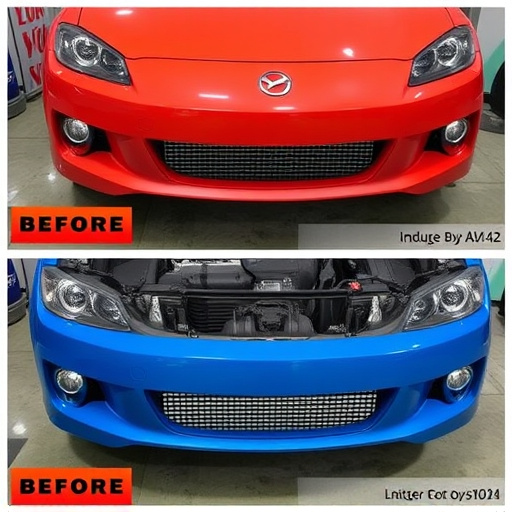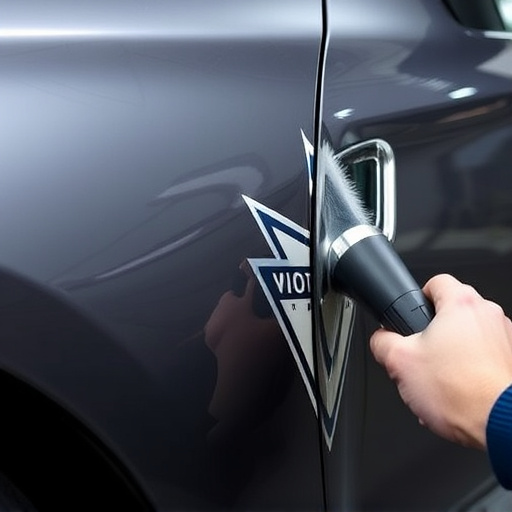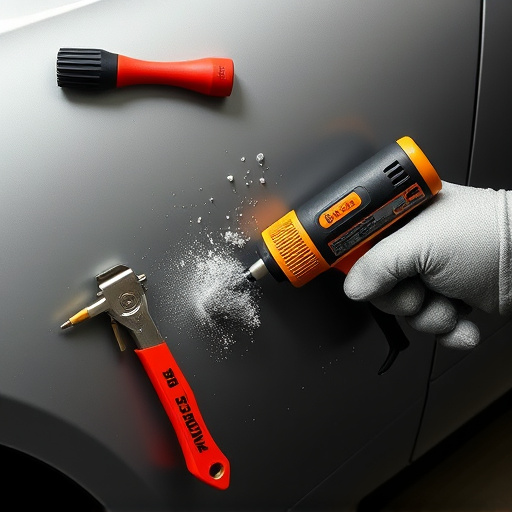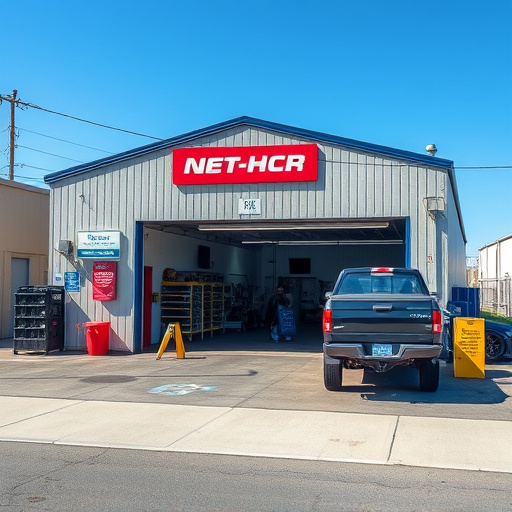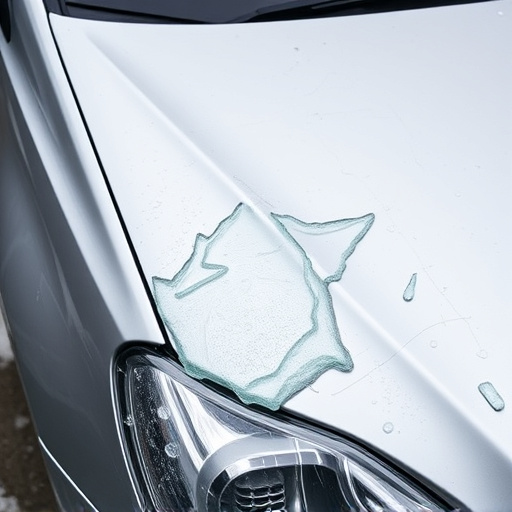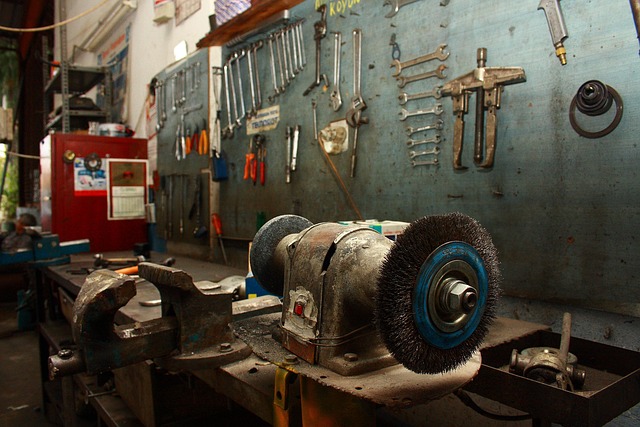Structural integrity restoration is a meticulous process focused on safety and longevity, using advanced techniques to reinforce weaknesses in structures like cars and buildings. This eco-friendly approach reduces deforestation and energy consumption by minimizing new construction, incorporating sustainable materials and techniques like recycled steel and low-VOC paints. It combines responsible practices with innovation, preserving resources and setting standards through green technologies like water-based coatings and precision welding.
Structural integrity restoration, beyond its architectural significance, holds profound environmental benefits. This process, which focuses on reviving the structural soundness of buildings, often involves eco-conscious techniques that reduce waste, promote the reuse of materials, and minimize energy consumption. By understanding the scope of this restoration method and adopting best practices, we can achieve a harmonious balance between preserving our built environment and safeguarding natural resources for future generations.
- Understanding Structural Integrity Restoration's Reach
- The Positive Environmental Footprint It Leaves Behind
- Best Practices for Eco-Friendly Restorative Techniques
Understanding Structural Integrity Restoration's Reach

Structural integrity restoration goes beyond mere cosmetic fixes; it’s a comprehensive process that aims to return a structure or vehicle to its optimal state, ensuring safety and longevity. This involves meticulous assessments, identifying weaknesses, and employing advanced techniques to reinforce key components. For instance, in the automotive sector, structural integrity restoration can mean repairing a Mercedes-Benz’s chassis, strengthening its bodywork, or replacing damaged auto glass to ensure the vehicle meets rigorous safety standards.
This intricate work requires specialized knowledge and equipment, especially when dealing with modern materials and complex designs. It’s not just about fixing cracks or holes; it involves understanding the interplay of various systems within a structure or vehicle. Whether focusing on a car’s frame, a building’s foundation, or even preserving historical architecture, structural integrity restoration seeks to protect and enhance our physical environment, ensuring that structures remain sturdy, safe, and sustainable for years to come.
The Positive Environmental Footprint It Leaves Behind
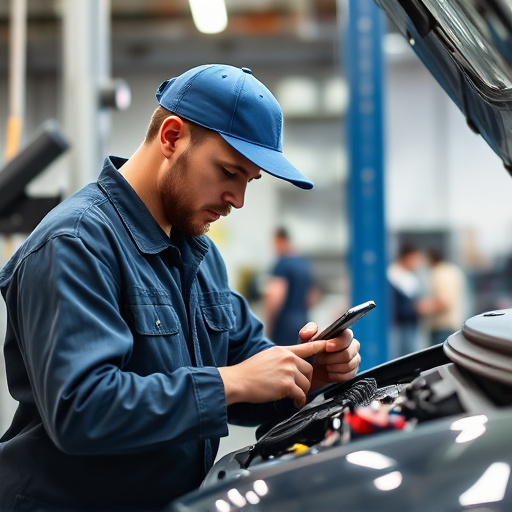
Structural Integrity Restoration isn’t just about fixing buildings; it’s an environmentally conscious endeavor. By focusing on reinforcing and preserving existing structures, this process significantly reduces the need for new construction. This, in turn, cuts down on deforestation, land degradation, and the immense energy consumption associated with building new facilities.
Moreover, structural integrity restoration often involves using eco-friendly materials and techniques. From recycled steel to sustainable construction methods, these practices minimize the environmental footprint of repairs. Even aspects like vehicle paint repair, a common component in automotive collision repair, can be done with reduced ecological impact when employing modern, low-VOC paints and efficient waste management systems. This holistic approach ensures that structural integrity restoration not only strengthens our built environment but also leaves a positive, rather than detrimental, mark on the planet, making it a key strategy for sustainable development and preservation of our natural resources.
Best Practices for Eco-Friendly Restorative Techniques

When undertaking structural integrity restoration, adopting eco-friendly practices is both a responsible and innovative approach. The goal should be to minimize environmental impact while maximizing the longevity and strength of the restored structure. One effective strategy involves utilizing sustainable materials; natural fibers like bamboo or recycled composites can be excellent alternatives to traditional, non-biodegradable options. These materials not only reduce carbon footprints but also offer unique aesthetic appeal and improved structural performance in some cases.
Additionally, incorporating green technologies during the restoration process is key. For instance, using water-based coatings and adhesives reduces volatile organic compound (VOC) emissions, contributing to better air quality both during and after restoration. In the context of vehicle collision repair or hail damage repair, employing advanced repair techniques like precision welding and composite patchwork can significantly cut down on material waste, aligning with sustainable principles. These eco-conscious methods not only preserve resources but also set a new standard for structural integrity restoration, ensuring both functionality and environmental stewardship.
Structural integrity restoration not only revitalizes structures but also significantly reduces their environmental impact. By understanding its reach, recognizing the positive environmental footprint it leaves behind, and adopting best practices for eco-friendly restorative techniques, we can ensure that this process contributes to a more sustainable future. Integrating these principles into structural integrity restoration projects fosters harmony between conservation and ecological preservation, making it a game-changer in today’s world.


